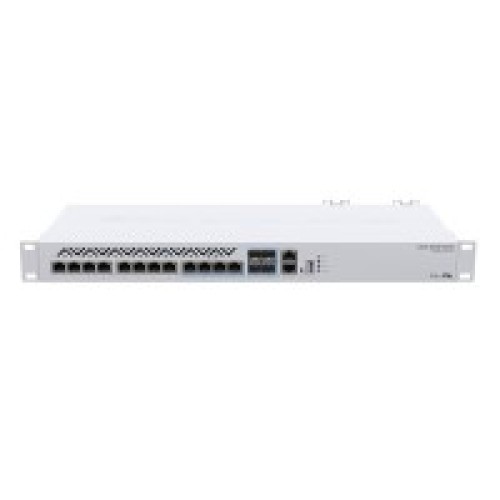
My ISP is an Australian NBN HFC connection with a PoE connection, but I want PPPoE should I need it in the future.

I like the prospects of the flexibility of pfsense, but the value and quality of the switches from Mikrotik for the same or less price is compelling despite the higher learning curve virtio0 local:$vmID/vm-$vmID-disk-1.I'm having a hard time deciding whether I should set up a mini PC with pfsense or a mikrotik router with routeros for my home network based off my needs.įor pfsense, my consideration is this HUNSN mini pc, and for routeros a Mikrotik RB4011. var/lib/vz/images/$vmID/vm-$vmID-disk-1.qcow2 Read -p "Please Enter free vm ID to use:" vmIDĮcho "- VM Directory exists! Ideally try another vm ID!"Įcho "- Converting image to qcow2 format " # List already existing VM's and ask for vmIDĮcho "= Printing list of VM's on this hypervisor!" # Check if image is available and download if neededĮcho "- Downloading CHR $version image file."Įcho "-" Read -p "Please input CHR version to deploy (6.38.2, 6.40.1, etc):" version


For adding the existing file to the VM, edit the VM's.There should be a subdirectory called images with a directory for each VM (named by the VM number). Local storage on ProxMox is in /var/lib/vz directory.conf file or replace the previously created system image file used for booting the guest. Either copy the file to the server and then manually edit the VM's.Use scp or any other comparable tool as that will use SSH for the upload and it does not require any additional configuration.Then you have to manually upload the CHR disk (in qcow format) on the ProxMox host.



 0 kommentar(er)
0 kommentar(er)
